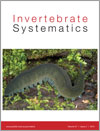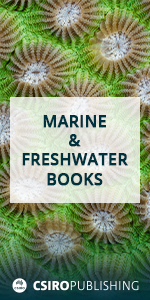IS12069Morphological assessment supports the recognition of four novel species in the widely distributed velvet worm Peripatopsis moseleyi sensu lato (Onychophora : Peripatopsidae)
Onychophora play a pivotal role in discussing arthropod evolution. Our study emphasises the use of ‘integrative taxonomy’ for elucidating the phylogeny of widespread taxa in South Africa. Molecular and morphological data are combined in order to delineate novel species within Peripatopsis moseleyi s. l. Four new species are described. The main objective is a better understanding of cryptic speciation in South African invertebrates in order to facilitate future conservation.




